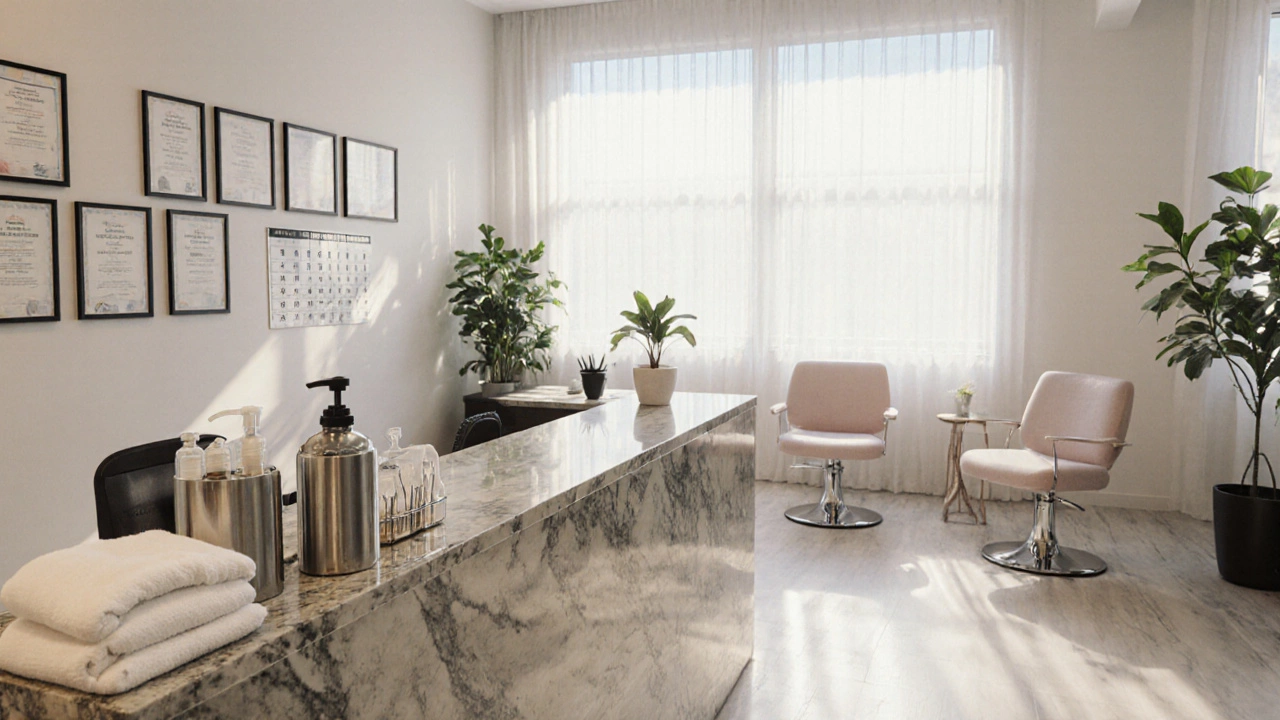Customer Complaints in the Beauty Industry
When dealing with customer complaints, the expressions of dissatisfaction that shoppers share about beauty products or salon services. Also known as consumer grievances, it covers everything from broken makeup palettes to unexpected side‑effects from skincare. In the beauty industry, a fast‑moving market where new launches appear weekly, these complaints act as a real‑time quality checkpoint. The core of most complaints boils down to product quality, issues like formulation mistakes, mislabeled ingredients, or ineffective results. Equally important is the service experience, how staff treat you, the cleanliness of a salon, or the transparency of pricing. Brands that master the resolution process, the steps taken to address and fix a complaint, often turn a negative moment into a loyal customer.
Why do these complaints surface so often? A look at recent posts shows a pattern: people question whether a brand is truly cruelty‑free, they worry about hidden ingredients in moisturizers, and they argue over tipping etiquette at salons. All of these are manifestations of trust gaps. When a shopper can’t verify a cruelty‑free claim, the doubt becomes a complaint. When a facial treatment feels overpriced, the perception of value turns sour. In each case, the underlying issue is a mismatch between expectation and reality, which the beauty industry must constantly manage.
One practical way to cut down on complaints is to tighten product labelling. Clear ingredient lists, clear usage instructions, and visible certification logos reduce the chances of misunderstandings. Another lever is staff training. When a makeup artist knows exactly how to explain a service, including why a hair wash is necessary before a cut, the client feels respected and less likely to leave a negative review. Both tactics feed into the broader ecosystem of service experience and directly influence the volume of customer complaints.
How Complaints Shape Future Offerings
Every complaint is data. Brands that collect feedback about specific anti‑aging drinks or the perceived safety of natural face tighteners can tweak formulas before a full‑scale launch. Salon owners who track complaints about pricing transparency can adjust their booking systems to show costs up front. In short, complaints drive product development, staff education, and pricing strategies. When you read posts about “Top Anti‑Aging Drugs” or “Choosing the Right Facial Treatment,” you’ll notice that many recommendations include a warning or a tip that directly addresses common pain points reported by consumers.
Ultimately, handling complaints well is a competitive advantage. A well‑documented resolution process—like offering a free corrective treatment, a prompt refund, or a clear apology—can transform a disgruntled client into a brand advocate. This is why many successful beauty academies, including Dollhouse Beauty Academy, teach future professionals not just how to apply makeup, but also how to listen, empathize, and resolve issues on the spot.
Below you’ll find a curated collection of articles that dive deeper into the most common sources of dissatisfaction: product ingredient transparency, salon etiquette, cruelty‑free verification, and the science behind anti‑aging claims. Each piece offers actionable tips you can use right away, whether you’re a consumer looking to make smarter choices or a professional aiming to improve your service standards. Browse the list and discover how to turn feedback into forward motion.
Common Weaknesses of Beauty Salons - What to Watch For
Discover the most common weakness of a beauty salon, from hygiene lapses to hidden fees, and learn practical tips to spot them before you book your next appointment.

